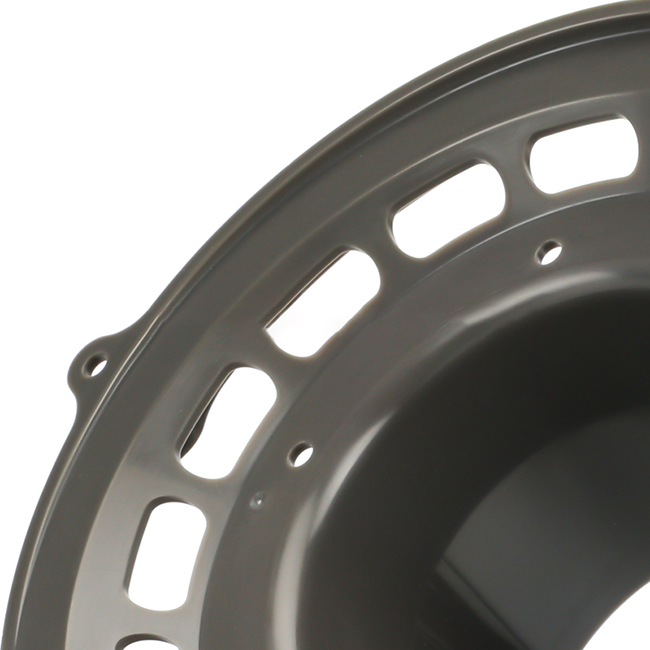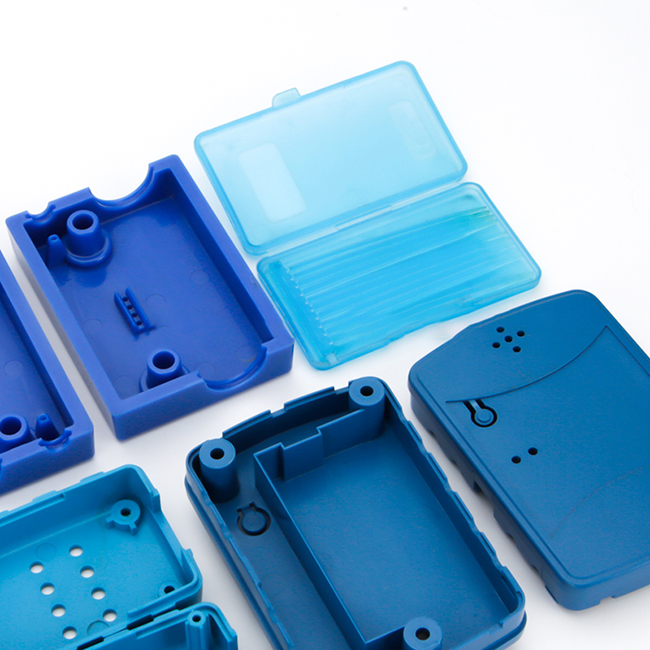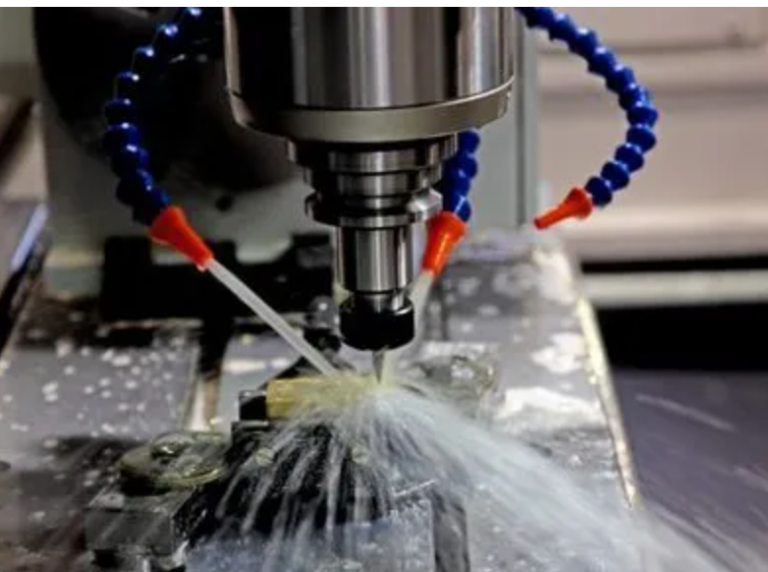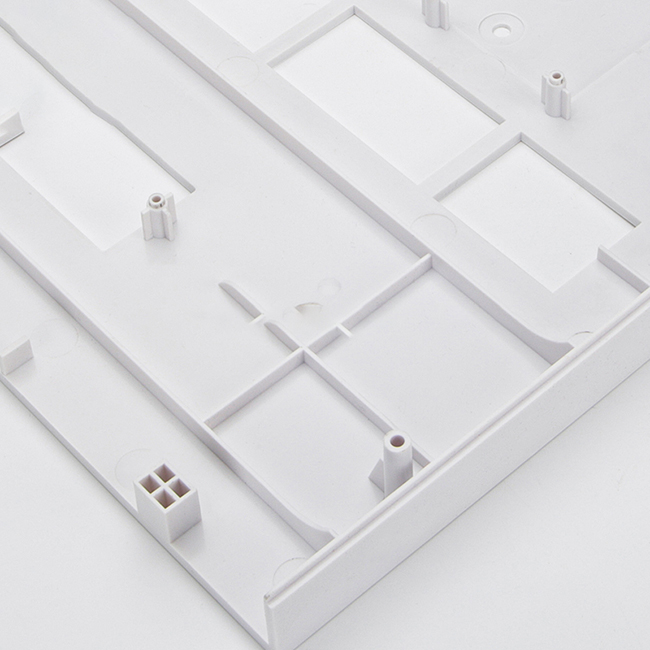Exploring the Impact of Micro Plastic Injection Molding on Petri Dish Manufacturing
Micro plastic injection molding has revolutionized the manufacturing industry in recent years, offering a cost-effective and efficient way to produce a wide range of products. One area where this technology has had a significant impact is in the production of petri dishes, which are essential tools in scientific research and laboratory settings.

Petri dishes are commonly used in microbiology to culture and observe bacteria, fungi, and other microorganisms. Traditionally, these dishes were made from glass, but the advent of plastic injection molding has made it possible to produce them from a variety of materials, including polystyrene and polypropylene. This has not only made petri dishes more affordable and accessible but has also improved their durability and resistance to breakage.
One of the key advantages of using micro plastic injection molding for petri dish manufacturing is the ability to create complex shapes and designs with high precision. This is crucial for ensuring that the dishes have a smooth and even surface, which is essential for promoting the growth of microorganisms and facilitating accurate observations under a microscope. The injection molding process allows for the creation of petri dishes with consistent dimensions and thickness, which is important for maintaining the integrity of the cultures being studied.
In addition to precision and consistency, micro plastic injection molding also offers a high level of customization for petri dish manufacturers. This means that researchers and scientists can request specific features or modifications to meet their unique needs, such as adding dividers or compartments for organizing different samples, or incorporating color-coding for easy identification. This level of flexibility is invaluable in a research setting where accuracy and efficiency are paramount.
Furthermore, the use of plastic materials in petri dish manufacturing has environmental benefits as well. Unlike glass, plastic is lightweight and shatterproof, reducing the risk of breakage during shipping and handling. Additionally, plastic petri dishes can be easily sterilized and reused, reducing the amount of waste generated in laboratory settings. Some manufacturers even offer biodegradable options for petri dishes, further minimizing their environmental impact.
Despite these advantages, it is important to note that the use of plastic materials in petri dish manufacturing has raised concerns about the potential for contamination from microplastics. Microplastics are tiny plastic particles that can be released into the environment during the production, use, and disposal of plastic products. While the risk of contamination from petri dishes is relatively low compared to other sources of microplastics, it is still a valid concern for researchers working with sensitive cultures.
To address this issue, petri dish manufacturers are taking steps to minimize the release of microplastics during the injection molding process. This includes using high-quality materials, implementing strict quality control measures, and adhering to industry standards for cleanliness and hygiene. Some manufacturers are also exploring alternative materials and production methods that reduce the environmental impact of petri dish manufacturing while maintaining the quality and performance of the final product.
In conclusion, micro plastic injection molding has had a significant impact on petri dish manufacturing, offering precision, consistency, and customization for researchers and scientists. While the use of plastic materials raises concerns about microplastic contamination, manufacturers are taking steps to address these issues and minimize their environmental impact. By leveraging the benefits of injection molding technology and adopting sustainable practices, the petri dish industry can continue to support scientific research and innovation for years to come.
| Surface finish | Polishing Finish / Slik Print / Texture Finish / Rubber Painting / Glossy Finish / Painting / Slik-Screen / Pad Print / EMI Coating / Electronic Plating / Laser Marking / Etc. |
| Production Process | Orders-Raw Materials- Production-Quality Inspection -Packaging-Shipment |
| Technology | Foaming / Ordinary Injection / Structual Foam Molding / Over-Molding / Gas Assisted Injection Molding |





